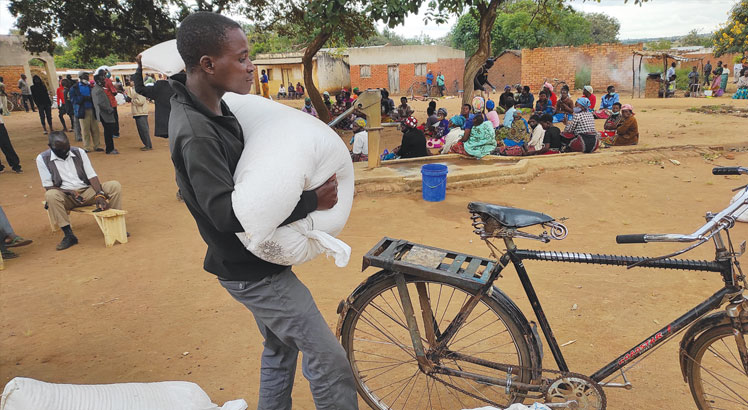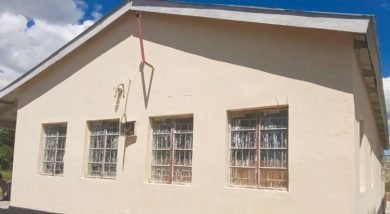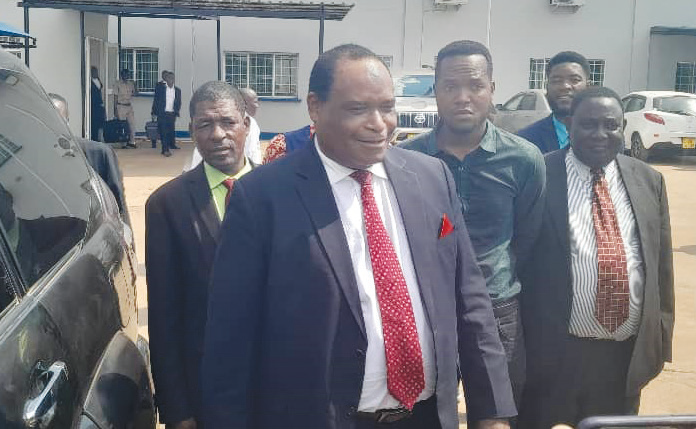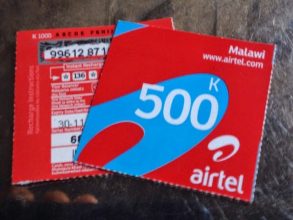Hunger plan in K162bn deficit
The country’s relief food programme faces a K162.6 billion deficit as authorities have only sourced 8.3 percent of the funds required to feed 3.82 million people at risk of facing hunger this year.
This is according to a preliminary budget plan by the Food Security Cluster (FSC), a World Food Programme (WFP) and Food and Agriculture organisation (FAO) co-led team that coordinates the food security response during humanitarian crises.
In its lean season food insecurity response plan posted on the United Nations Office for Coordination of Humanitarian Affairs managed website www.reliefweb.int, FSC projects that Malawi needs $172.14 million (around K177.4 billion) to supply food to those facing food shortages.

The budget, however, shows that the cluster only has around K14.7 billion which, based on our calculations, may only be enough for around 500 000 people about 13 percent of the 3.82 million food insecure.
The report follows the Malawi Vulnerability Assessment Committee (Mvac) Acute Food Insecurity analysis released last month projecting that 3.82 million people are expected to be food insecure between November 2022 and March, 2023.
In the document, FSC designates the Department of Disaster Management Affairs (Dodma) as the lead agency while WFP is the co-lead agency in the line of the programme execution.
The FSC lean season response for 2022-2023’s strategic objectives, according to the report are “to provide lifesaving food assistance to women, girls, men and boys of different age groups affected by food insecurity during the lean season period from November 2022 to March 2023.
“Strategic objective 2: To protect livelihood assets of the food insecurity affected women, girls, men and boys of different ages.”
The FSC further points out that the earmarked food includes maize and cooking oil to be distributed physically or through cash transfers.
“Three modalities are proposed namely in-kind food transfers, cash transfers and mix modality of both in-kind and cash transfers…
“The transfers are designed based on a household food basket composed of cereal 50kg, pulses (legumes) 10kg and 2kg vegetable oil. The cash transfers will be based on the food basket at the prevailing local market prices in the targeted districts,” reads the report.
According to the budget, maize procurement has been pegged at K54.8 billion, legumes and vegetable oil around K97 billion while transportation and packaging of the products will jointly cost around K22 billion.
The remainder of the budget has been allocated to coordination and review meetings, community sensitisation, beneficiaries’ registration, and the food distribution’s supervision and monitoring.
In a written response, Dodma spokesperson Chipiliro Khamula could not commit to comment on the document.
“I don’t know the source of this information currently and I wouldn’t be in a position to comment,” he said.
Asked how they intend to raise the resources to meet the deficit, WFP communications officer Francis Thawani said the United Nations agency would only comment once the plan has been formalised.
The Integrated Food Security Phase Classification (Chronic Food Insecurity report which was released in February rang the high food insecurity alarm.
It forecast that nearly a quarter of the country’s population faced moderate to severe hunger blaming abject poverty and recurrent shocks such as floods.
In 2021, Dodma faced a K27.1 billion deficit to fully assist 1.5 million people facing food shortage and in need of relief between December 2021 and February 2022.





